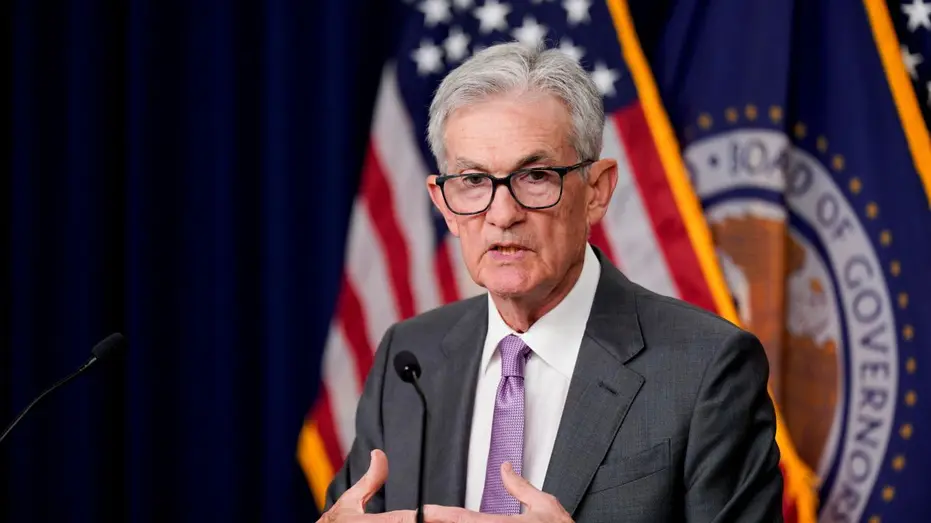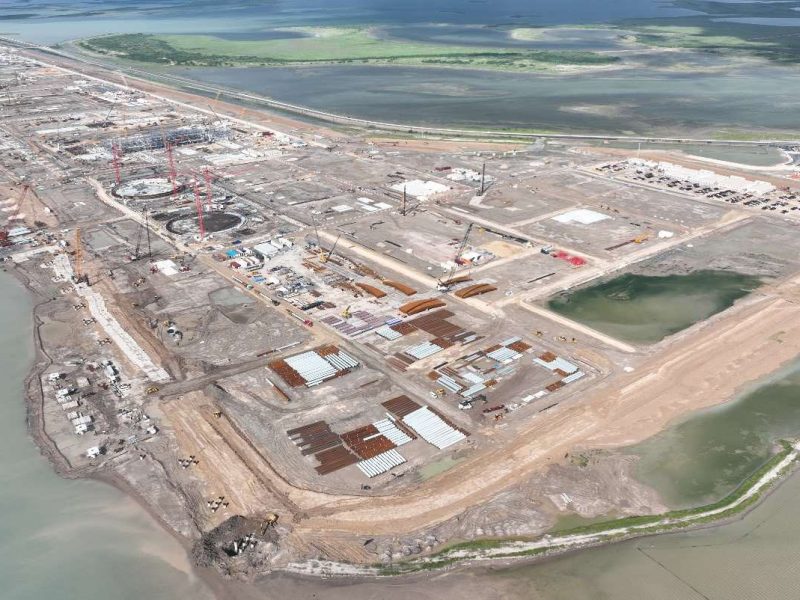Former President Donald Trump has ramped up his pressure on the Federal Reserve, renewing his call for US rate cuts in recent discussions with Fed Chair Jerome Powell. This latest development comes at a time when economic uncertainty, inflation worries, and political ambitions are all colliding in the lead-up to the 2024 presidential election.
What Did Trump Say?
In private talks and public remarks, Trump has criticized the Federal Reserve for keeping interest rates too high. According to sources familiar with the matter, Trump conveyed to Powell that rate cuts are essential to boost economic growth, reduce borrowing costs, and help American consumers deal with persistent inflation pressures.
He also framed US rate cuts as necessary to stay competitive on the global stage, pointing out that other central banks, including the European Central Bank and the Bank of Japan, have already taken more accommodative stances.
The Fed’s Position
The Federal Reserve, under Powell’s leadership, has kept interest rates elevated to control inflation after several years of aggressive rate hikes. While inflation has come down from its peak, the Fed has made it clear that it’s not in a rush to pivot toward cutting rates until it sees more consistent signs of economic cooling.
Powell has reiterated the Fed’s independence, suggesting that political pressure won’t sway monetary policy decisions. However, the timing of these conversations is raising eyebrows. Trump’s push for US rate cuts could have implications for the Fed’s perceived neutrality in the months leading to the 2024 election.
Economic and Political Stakes
Interest rate cuts would lower costs for mortgages, credit cards, and business loans. For Trump, this could translate into a more favorable economic climate as he builds momentum for a potential return to the White House. His critics argue that he’s politicizing the Fed’s role, while supporters claim he’s advocating for working Americans squeezed by inflation and high rates.
Still, any move by the Fed will depend on economic indicators, not political agendas. That’s the balancing act Powell and his team must navigate.
Why This Matters
The conversation around US rate cuts isn’t just about economics—it’s about leadership, strategy, and influence. Trump’s efforts to sway the Fed show how monetary policy has become a frontline issue in political debates. Whether or not the Fed acts, one thing is clear: Trump wants to shape the narrative, and rate cuts are a key part of that playbook.



